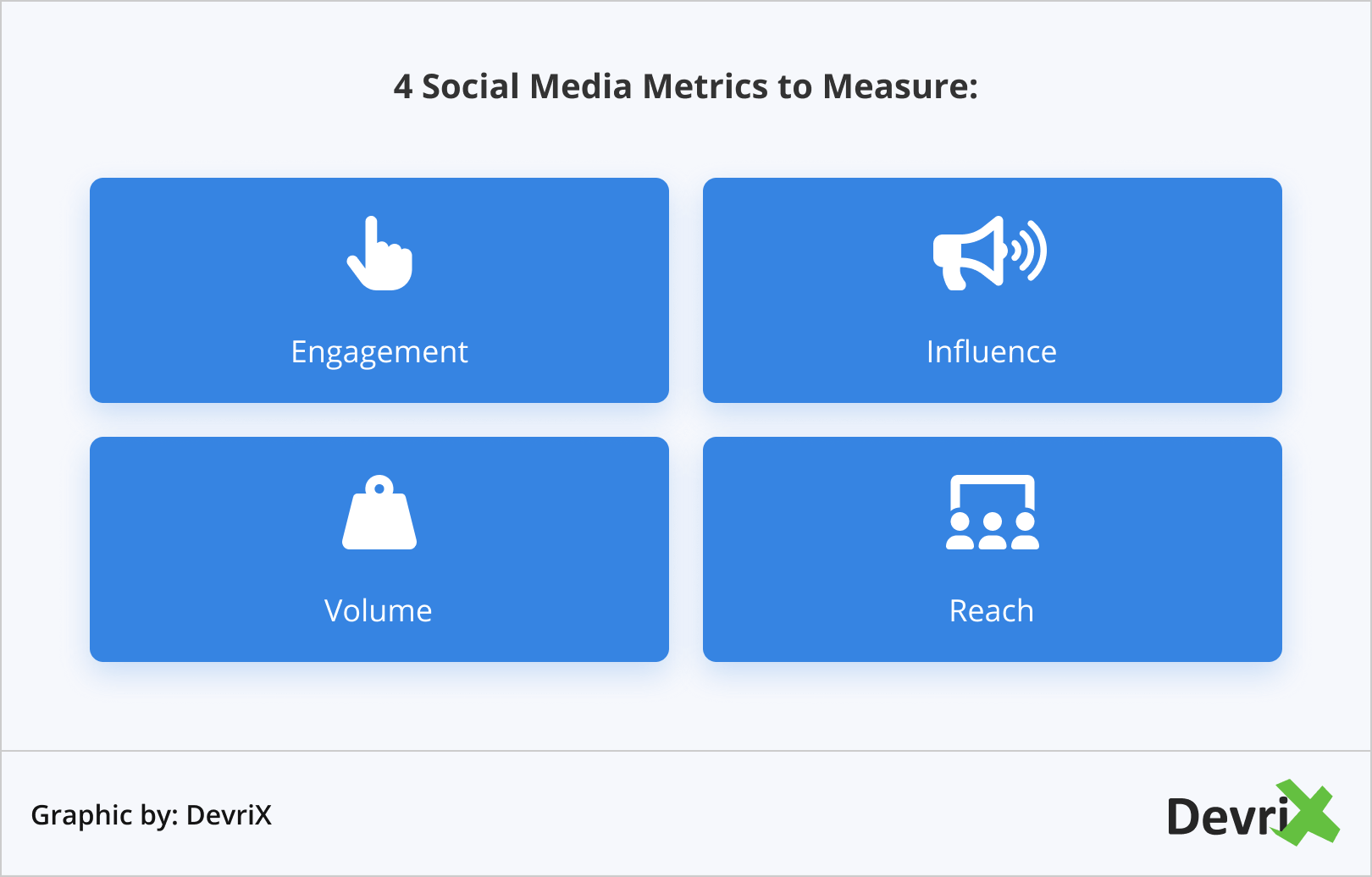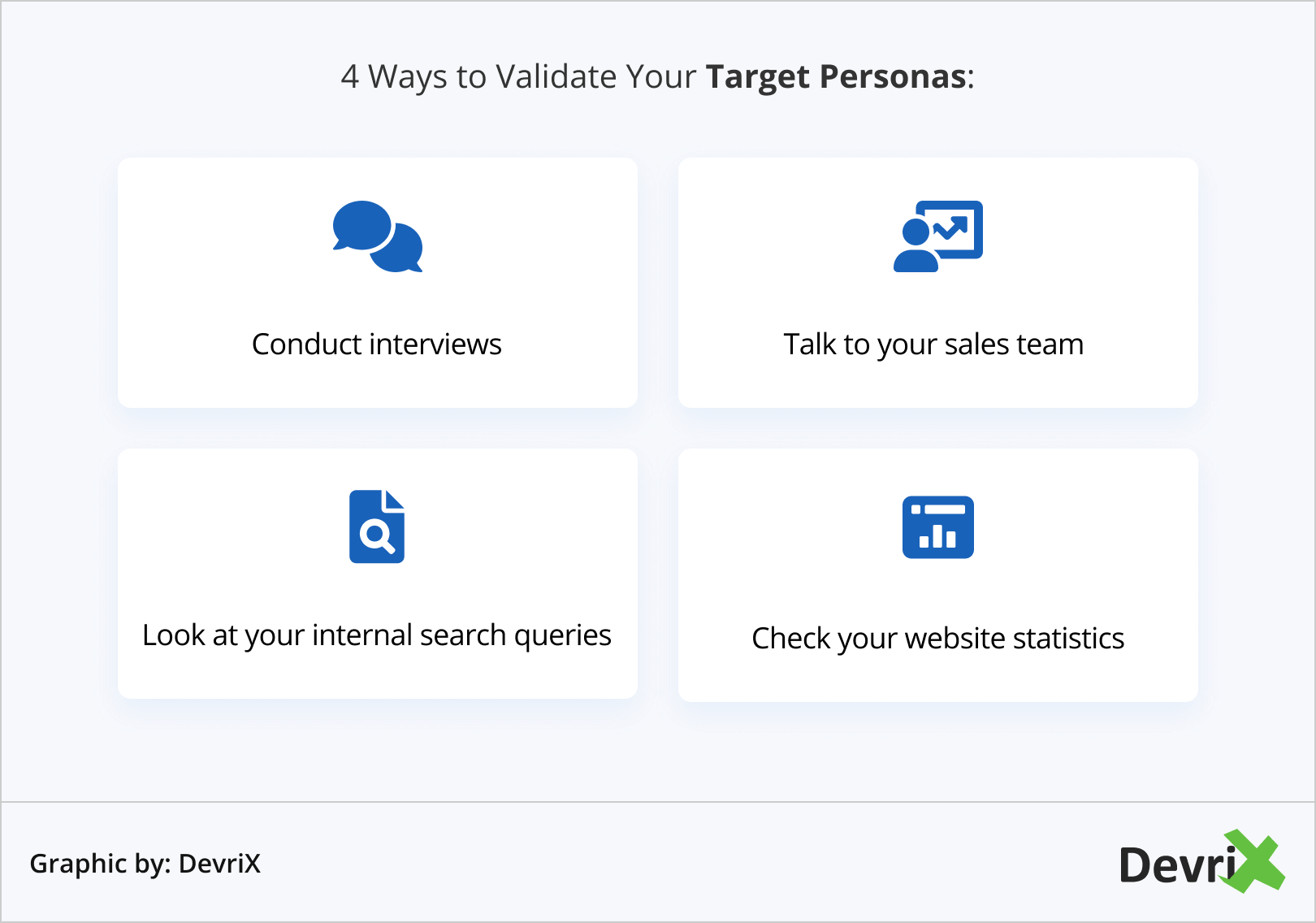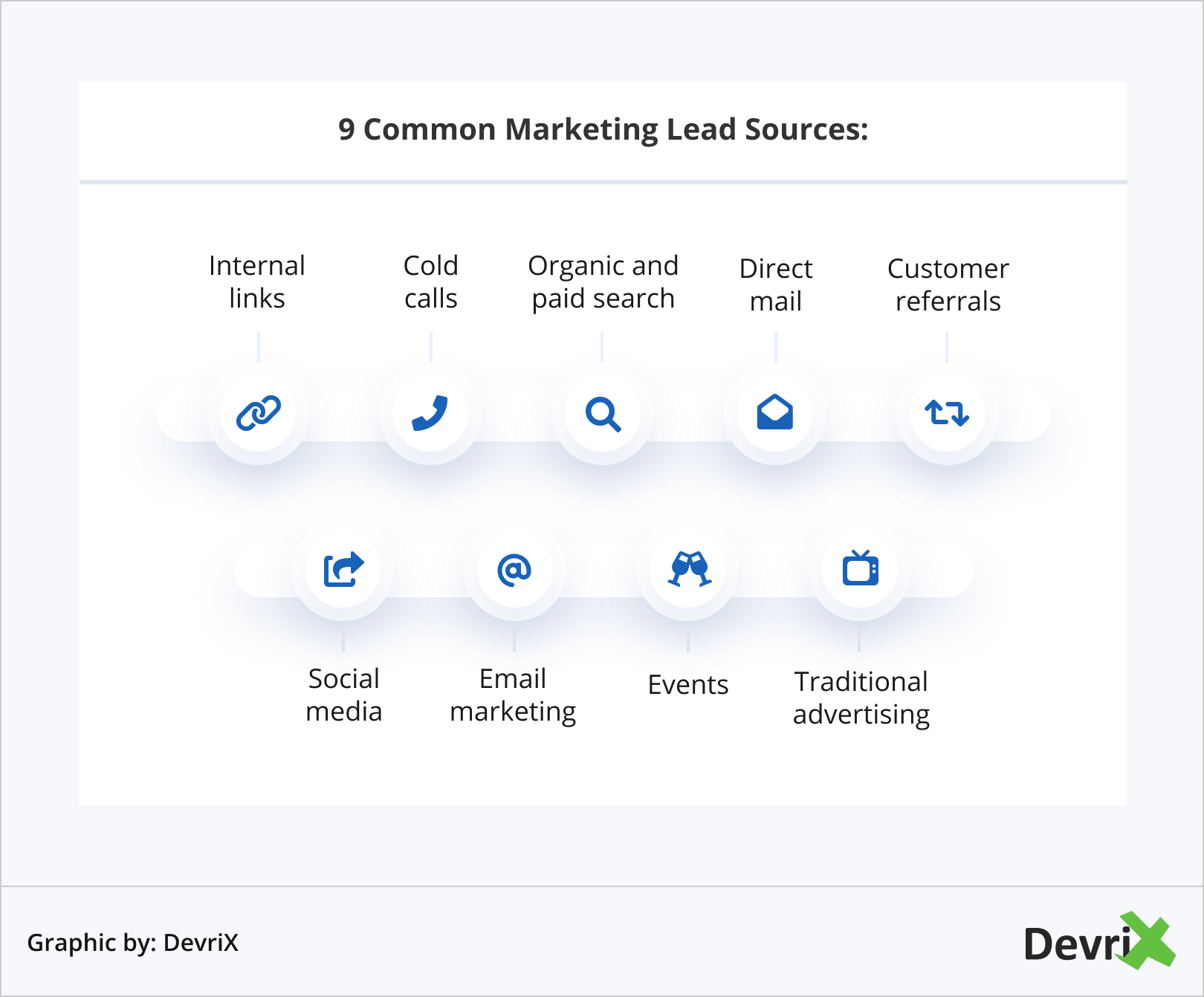Marketing trends tend to change rapidly. Strategies that worked a couple of years ago might not be effective today as consumers’ needs and preferences evolve. Marketers and business owners should continuously work on their plan of action to know where their leads are coming from. Data gathering and targeting should be put in place to get a better understanding of how to acquire valuable customers.
Knowing how your clients got to be acquainted with your brand is vital to the business’ success. This way, you’ll know what channels to use and what strategies to execute. It’s best to start defining your lead sources even before launching the brand, but you can also use these tactics to develop your business further.
What Is a Lead Source?
A lead source is defined as the starting point where your leads discovered your business. It is the process of determining which platform or channel your consumers used that leads them to your website. Once you know how they were able to find your brand, you can direct your sales and marketing efforts accordingly.
Here are some of the most common lead sources in marketing:
External Links
Links from other websites leading to your own are one of the many ways you can reach your customers. However, you have to note that you need to work on your SEO strategy to appear high enough on search engines. The higher your ranking is, the more visible your business will be. This will result in other companies referring to your write-ups as a source, which can expose your brand to the right target market.
Cold Calling
Cold calls refer to the method of contacting your potential leads to encourage them to buy from your brand. Your sales team can acquire a list of possible leads, then reach out to them one by one to present your products and/or services.
SERPs (Organic and Paid Search)
Organic search is the process wherein people stumble upon your website through search engines. Businesses put out content relevant to their target personas’ interests and key queries; making sure to keep up with the latest SEO trends and updates to stay relevant in the industry and bring in new valuable leads.
Paid searches can also be implemented when trying to get more leads. These tend to see results faster because monetized advertisements can be placed on different platforms such as search engines, email marketing, and social media. Paid ads can also help companies increase their visibility online, obtain better traffic, attract valuable leads, and gain valuable data that can be used in their marketing strategy.
Direct Mail
Some people might think that direct mail is an outdated outreach technique, but this method can still be very beneficial for your business. However, measuring the leads that you have garnered based on that can sometimes be difficult compared to the other techniques. One way to track incoming leads is by including call-to-action messaging in your letter Another way is by providing a survey asking your consumers where they’ve heard your business from.
Customer Referrals
Customer referrals usually come in the form of word-of-mouth marketing. Your satisfied clients will most likely recommend your business to their friends and family. However, you need to work on satisfying their needs for them to consider endorsing your products and services.
Here are a couple of ways to go about customer referrals:
- Keep your clients happy so they’d be willing to recommend your brand to others.
- Come up with a rewards program to encourage people to endorse your brand.
- Reach out to your current consumers through their email addresses. Use a customer referral email template to make it faster and easier on your end.
- Give your clients different ways to provide referrals.
Social Media Platforms
Social media is one of the most used and preferred ways of obtaining new customers. Facebook, for example, has over 2.7 billion active users to date. This makes it easier for businesses to reach a wide range of audiences. Additionally, tracking and measuring data is a lot easier with social media platforms. Engagement, reach, impressions, referral traffic, and retention can easily be seen using Facebook’s Ads Manager.
Furthermore, B2B companies can use platforms such as LinkedIn to target their demographic. You can find like-minded professionals thereby optimizing your page performance, creating valuable content, uploading short yet informative videos, and setting up a specific posting schedule.
For B2C companies, Instagram is definitely a channel they want to use. This social platform can help companies gain leads as long as they collect competitive data, conduct social listening, use the right hashtags, enable location tagging, and connect with the industry’s influencers.
It all boils down to what type of business you have or what niche you specialize in. Determining the right platform to use and populate can help you gain invaluable leads.
Email Marketing
Email is one of the easiest ways to communicate with clients, which is why it is one of the most preferred channels for marketers. According to Campaign Monitor, the open rate for emails in 2020 is 18%. Since sending email newsletters can be done for both new and repeat customers, it’s a great way to update your leads about upcoming promotions, contests, and special discounts.
Events
Events might be one of the most expensive ways to get leads, but it’s a great way to mingle with your audience. It also allows you to raise brand awareness within your target market, respond to them in real-time, and provide a special demo of your products and services.
Traditional Advertising
Traditional advertising refers to strategies that are implemented offline. This includes television advertisements, radio ad placements, banners, billboards, postcards, brochures, magazines, newspapers, and more. Again, you can provide a customer survey so you can easily track if your leads come from any of these channels.
There are a few ways you can implement the marketing strategies above and use them to your advantage.
Measure and Find Out Which Channel to Focus On
Continuously monitor each channel that you are using so you know where you are getting most of your leads from. Since measuring data is not a one-time thing – you should do it regularly, as trends change over time.
Tracking these numbers will help you communicate with your customers better. Pay attention to where they like to connect and focus your efforts on that. Doing so will assist you with converting leads into actual consumers.
Implementing CRM software can help you track your statistics. For instance, a Sales CRM system stores important customer activity which allows you to make customizable lists that identify your lead sources.
CRM tools provide better data management, intuitive reports, and the ability to create individual profiles for each prospect.

Track All of Your CTAs
All of your posts should contain a call-to-action, as this will assist you with tracking your lead generation efforts. If you have multiple campaigns, then you can use a UTM parameter to get a more accurate report of these numbers.
UTM parameters are defined as short text codes that you can add to your links to aid in tracking your campaigns. These parameters can be applied to Google Analytics to help you measure your return on investment, conversion rates, and traffic sources. It can also guide you with testing your posts by using A/B testing.
Experiment by Trying Different Platforms
You don’t have to stick to just one or two channels when obtaining your lead sources. You can experiment with different ones to see which ones you can continuously use for your campaigns. Remember: there are always bigger and better options out there, and you have to maximize these platforms so you can get your money’s worth.
Your audience might start using different platforms over time, and you have to keep up to keep bringing these leads in. It is acceptable, to begin with, one or two platforms when you are just starting, but you have to consider branching out after some time. Besides, you can always use tracking systems and tools to help you understand the data.

Constantly Check Your Lead Scoring and Sourcing Activity
Once you have checked which of your lead sources are bringing in the highest conversion rates, then you should always follow it up by updating your lead scoring processes. This will help you keep your data organized and up-to-date so you know which channels are bringing valuable leads in. Again, you can use CRM software to keep your numbers updated.
Ensure Consistency
Once you have determined where your leads are coming from, your efforts have to remain consistent on those platforms. It is your client’s discretion whether they want to change channels or not, therefore it’s up to you to keep on engaging t with them.
Pay attention to how a person interacts with your business. If they choose to communicate with you in a certain way, then do not change things up. It’s also a good idea to keep a record of how they got to know your brand and if they tend to switch channels over time.
Validate Your Target Persona
No matter what industry you are in, you can’t deny that the market changes dynamically. What appealed to your leads a couple of months ago might not be as enticing to them today. Make sure to keep up to date with your target personas and lead sources so you’d know if you are still targeting the right market.

Conclusion
Defining your lead sources will help you improve your customer’s buying journey, as this is not only for start-ups and small businesses. Even companies that have been in the industry for years should do routine checks to see if their leads are still coming from the same places.
You might even have to leave some of the platforms and channels behind as trends change. Again, gathering ample data can help you define what’s still working or not. It’s time to put these lead source best practices in place to get a better understanding of where your clients are coming from.



![Influencer Marketing Statistics Every Business Should Know [Infographic]](https://devrix.com/wp-content/uploads/2019/10/Influencer-Marketing-Statistics-Every-Business-Should-Know-Infographic@2x-380x160.png)

